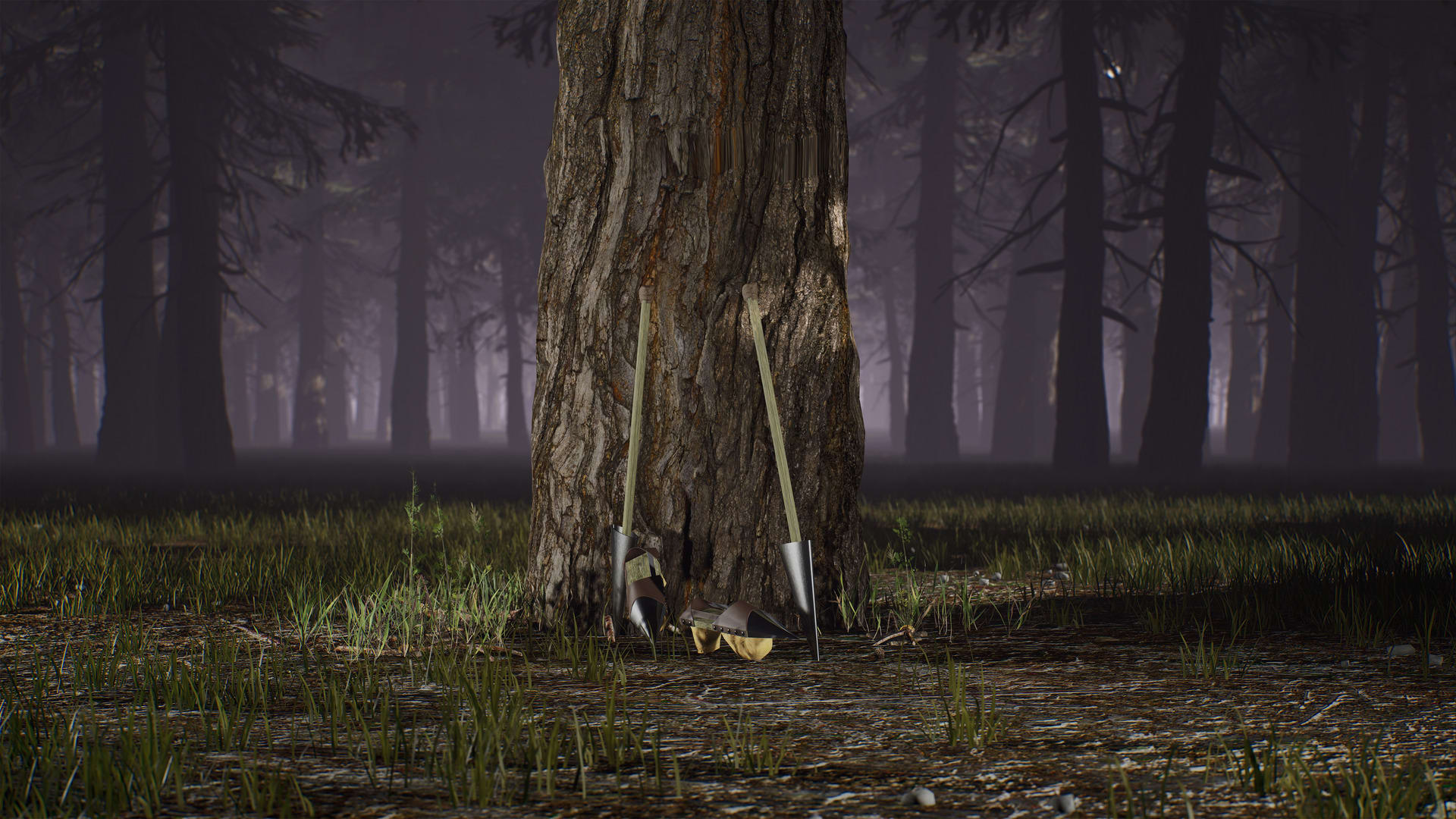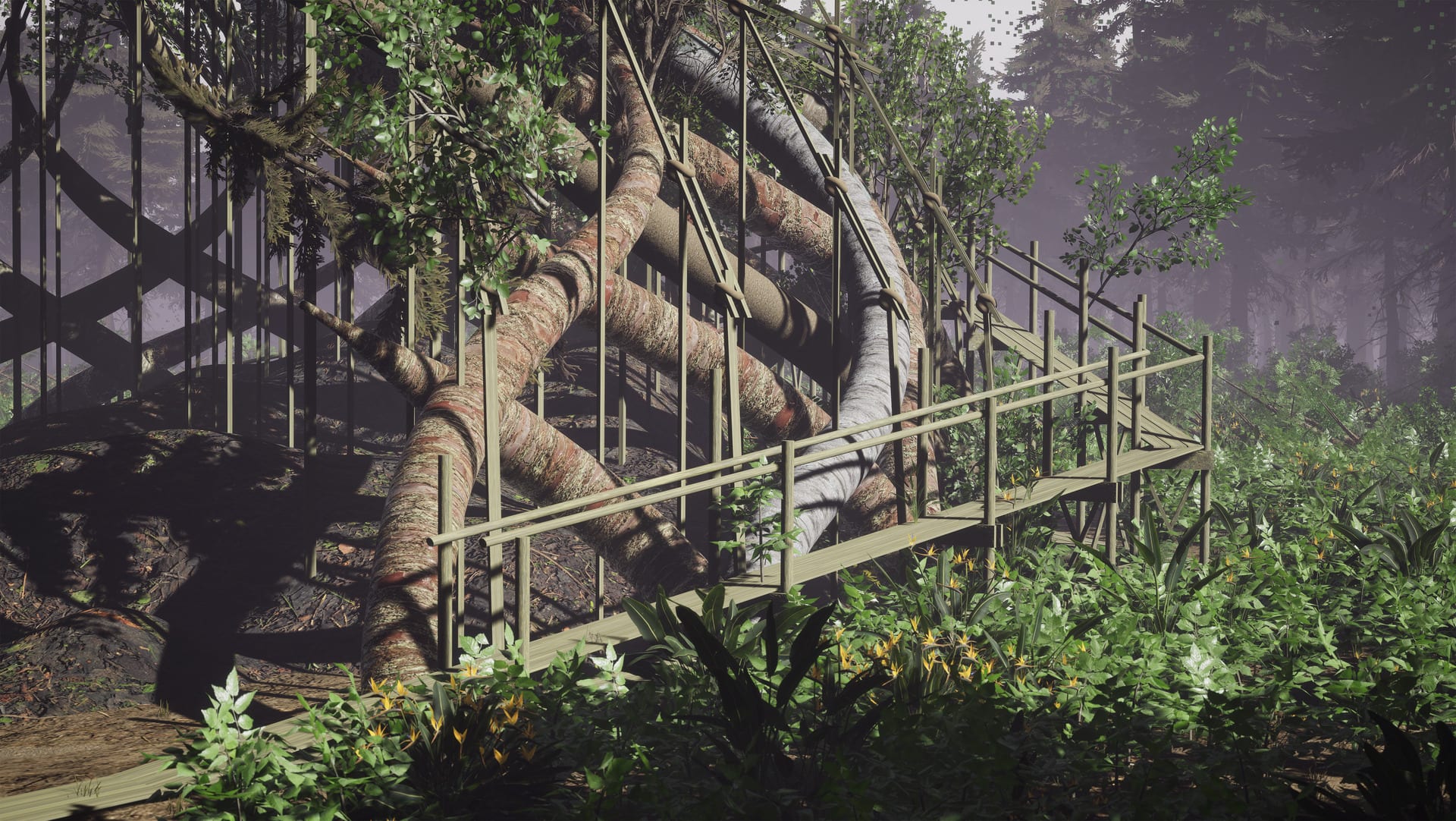Signe Pelne is an architectural designer and researcher from Latvia. Her work explores our ability to form relationships with both the natural environment and each other in a non-extractive fashion. Mainly focusing on analysing the historical, architectural, and ecological contexts of different sites and situations, her practice usually involves multidisciplinary work that is founded on socio-economic research and narrative making. Signe is an alumnus of the University of Westminster graduating with first-class honours. She has also studied in Copenhagen and Beijing and has been involved in architectural workshops in Canada, Germany, India, Latvia, Estonia and Ukraine. She has worked for a series of London-based practices, including WestonWilliamson+Partners, Hawkins\Brown Architects, LEEP Architects and Studio Multi.
During her first year at the RCA, Signe worked with ADS3: Refuse Trespassing Our Bodies: Metabolising the Built Environment, and developed her project, Future & Post-Soviet Metabolism, where she explored how to enable small-scale polyculture farming through a collective silo and bread culture barn intervention in the disused Latvian agricultural centre of the Future village.
Signe has also collaborated with Neringa Forest Architecture at the Nida Art Colony, where her project, On How the Tree Became a Pellet: Capital Forests of the Baltics, developed into a research piece that demonstrates the link between forest biomass export and the loss of biodiversity within the forests of the Baltics. In collaboration with the Lithuanian Culture Institute, the research has been published in Forest as a Journal. This year she has continued to explore the Baltic forest in connection to her project work.
She is a recipient of the Karakusevic Carson Scholarship, RIBA Part 2 and Culture Capital Foundation of Latvia Bursary.

















